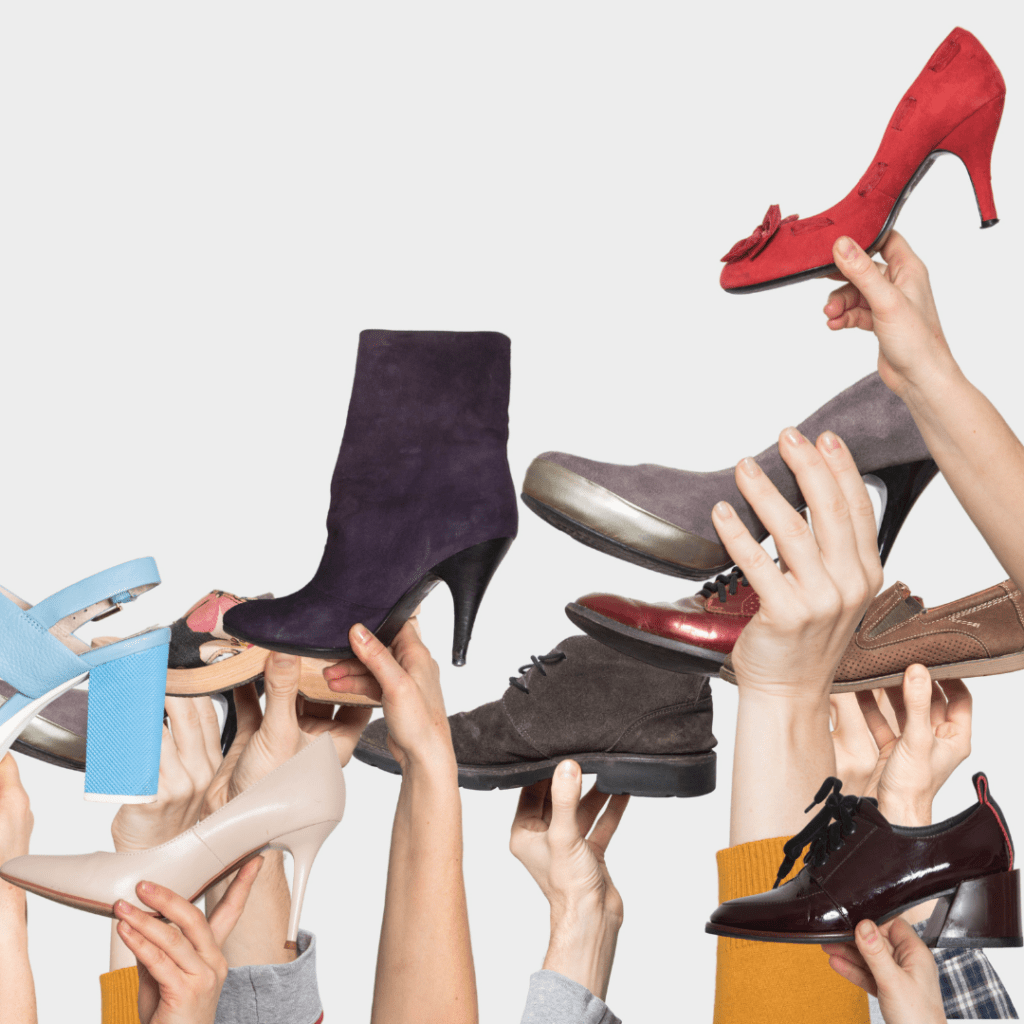When it comes to maintaining good health, many people focus on eating a balanced diet and exercising regularly. However, one aspect of health that is often overlooked is proper footwear. There’s a saying that whatever is between you and the ground, is always worth investing in. mattresses, car tires, and that’s right – shoes. Wearing the right shoes can prevent a variety of foot problems and promote overall well-being. We’ll explore the importance of proper footwear and how to choose the right shoes for your feet.
Why Proper Footwear Matters
Our feet are the foundation of our body, and they support us throughout the day. When we wear shoes that don’t fit properly or provide adequate support, it can lead to a variety of foot problems such as blisters, calluses, and corns. It can also cause pain in other parts of the body, such as the knees, hips, and back.
Wearing shoes that fit properly and provide support can prevent foot problems and promote good posture. Proper footwear can also reduce the risk of injuries such as sprains and fractures. By choosing the right shoes for your feet, you can maintain your mobility and quality of life.
How to Choose the Right Shoes
When choosing shoes, there are several factors to consider, including the size, shape, and type of shoe. Here are some tips for selecting the right shoes for your feet:

- Measure your feet: It’s important to measure your feet regularly since the size and shape can change over time. Many retail stores that sell shoes have a brannock device to measure feet with. It’s important to note that different brands of shoe types can fit differently. Try on a variety until your feet are comfortable. Use a ruler or measuring tape to measure the length and width of your feet. Then, use these measurements to determine your shoe size.
- Consider the shape of your foot: Feet come in different shapes, including flat feet, high arches, wide feel, narrow feet etc. Look for shoes that accommodate the shape of your foot, such as shoes with arch support for high arches or shoes with a wide toe box for wide feet.
- Choose the right type of shoe: Different types of shoes are designed for different activities. Running shoes are designed to absorb impact, while walking shoes provide stability. Choose the right type of shoe for the activity you’ll be doing.
- Try on shoes later in the day: Feet can swell throughout the day, so it’s best to try on shoes later in the day when your feet are at their largest.
- Walk around in the shoes: Walk around in the shoes to make sure they’re comfortable and provide adequate support. Check for any areas of rubbing or pressure points that could cause blisters or calluses.
- Invest in quality shoes: Quality shoes may cost more upfront, but they’ll last longer and provide better support than cheap shoes.
Common Foot Problems and Their Solutions
Even with proper footwear, some foot problems may still occur. Here are some common foot problems and their solutions:
- Blisters: Blisters can occur when there’s friction between the foot and the shoe. To prevent blisters, make sure your shoes fit properly and wear socks made of moisture-wicking material.
- Plantar Fasciitis: Plantar Fasciitis is a condition that causes pain in the heel and arch of the foot. It’s caused by inflammation of the plantar fascia, a band of tissue that connects the heel to the toes. To prevent Plantar Fasciitis, choose shoes with good arch support and avoid wearing shoes with worn-out soles. Custom orthotics can help reinforce different shoes with additional support.
- Tight fitting shoes can contribute to causing ingrown toenails. Squeezing the toes into the nail can cause the skin to be cut and become infected, irritated, or painful. Not only is this uncomfortable but it can create a chronic ingrown problem that Dr. Wright might have to remove. Make sure you look for those with a wide toe box that your toes can relax in and don’t feel cramped in.
- Corns and Calluses: Corns and calluses are common but sometimes they cause pain and problems. To help avoid painful calluses and corns , try to minimize pressure points and areas that rub the shoe against your foot. Good inserts can help cushion the bottom of the foot to help prevent build up on the sole of the foot from trying to create cushion to walk on.
Proper footwear is essential for maintaining good foot health and overall wellbeing. By choosing the right shoes for your feet and addressing any foot problems that arise, you can prevent pain and maintain your mobility. Remember to invest in quality shoes and to check your shoes regularly to ensure a proper fit.
